When High Cholesterol Becomes Dangerous: Signs You Should See a Doctor
You can’t feel it. You can’t see it. But high cholesterol could be quietly damaging your body every single day. Often called a “silent killer,” this common yet serious condition rarely shows itself until it’s already caused significant harm—like a heart attack or stroke. But what if your body is sending clues, just not the ones you expect? From subtle physical changes to strange new sensations, high cholesterol can leave behind a trail of signs hiding in plain sight. That’s why we’ve expanded our list of subtle signs that may indicate high cholesterol levels—the under-the-radar symptoms your body might already be showing.
1. Persistent Fatigue: A Telltale Sign

While fatigue can result from numerous factors, persistent exhaustion might be a subtle sign of high cholesterol. When cholesterol builds up in the arteries, it can impede blood flow, reducing the oxygen supply to muscles and organs. This lack of oxygen can lead to feelings of constant tiredness and lethargy, even after a full night's sleep. It's important to consider this symptom in conjunction with other lifestyle factors. If you find yourself struggling to keep your energy levels up despite adequate rest and a balanced diet, it might be time to consult a healthcare professional to assess your cholesterol levels and overall cardiovascular health.
2. Numbness or Tingling in Extremities

Experiencing numbness or tingling in your hands or feet can be another subtle indicator of high cholesterol. This sensation, known medically as peripheral neuropathy, may occur when cholesterol plaques narrow or block the arteries that supply blood to your extremities. As blood flow becomes restricted, nerve function can be impaired, leading to these unusual sensations. While these symptoms can be attributed to various causes, including diabetes or vitamin deficiencies, they should not be ignored. If you frequently experience numbness or tingling without an obvious cause, a medical evaluation could help determine if high cholesterol is a contributing factor.
3. Chest Pain: More Than Just Heartburn

Chest pain or discomfort, often mistaken for heartburn or indigestion, can be a warning sign of high cholesterol. This occurs when cholesterol buildup narrows the coronary arteries, limiting blood flow to the heart and potentially leading to angina. Angina is characterized by a feeling of pressure, squeezing, or fullness in the chest, and it may radiate to the arms, neck, or jaw. While chest pain can be caused by various conditions, it should never be dismissed, especially if it occurs frequently or during physical activity. Consulting a doctor is crucial to rule out high cholesterol as a possible cause and to prevent more serious cardiovascular events.
4. Shortness of Breath: Not Just a Sign of Aging

Shortness of breath, particularly during physical exertion, can be an indicator of high cholesterol. When cholesterol deposits restrict blood flow in the arteries, the heart must work harder to pump blood, leading to an increased demand for oxygen. This can result in breathlessness, especially during exercise or exertion. While shortness of breath can be attributed to aging or lack of fitness, it should not be overlooked if it occurs suddenly or worsens over time. Seeking medical advice can help determine if high cholesterol is affecting your cardiovascular system and ensure appropriate measures are taken to manage it.
5. High Blood Pressure: The Silent Partner
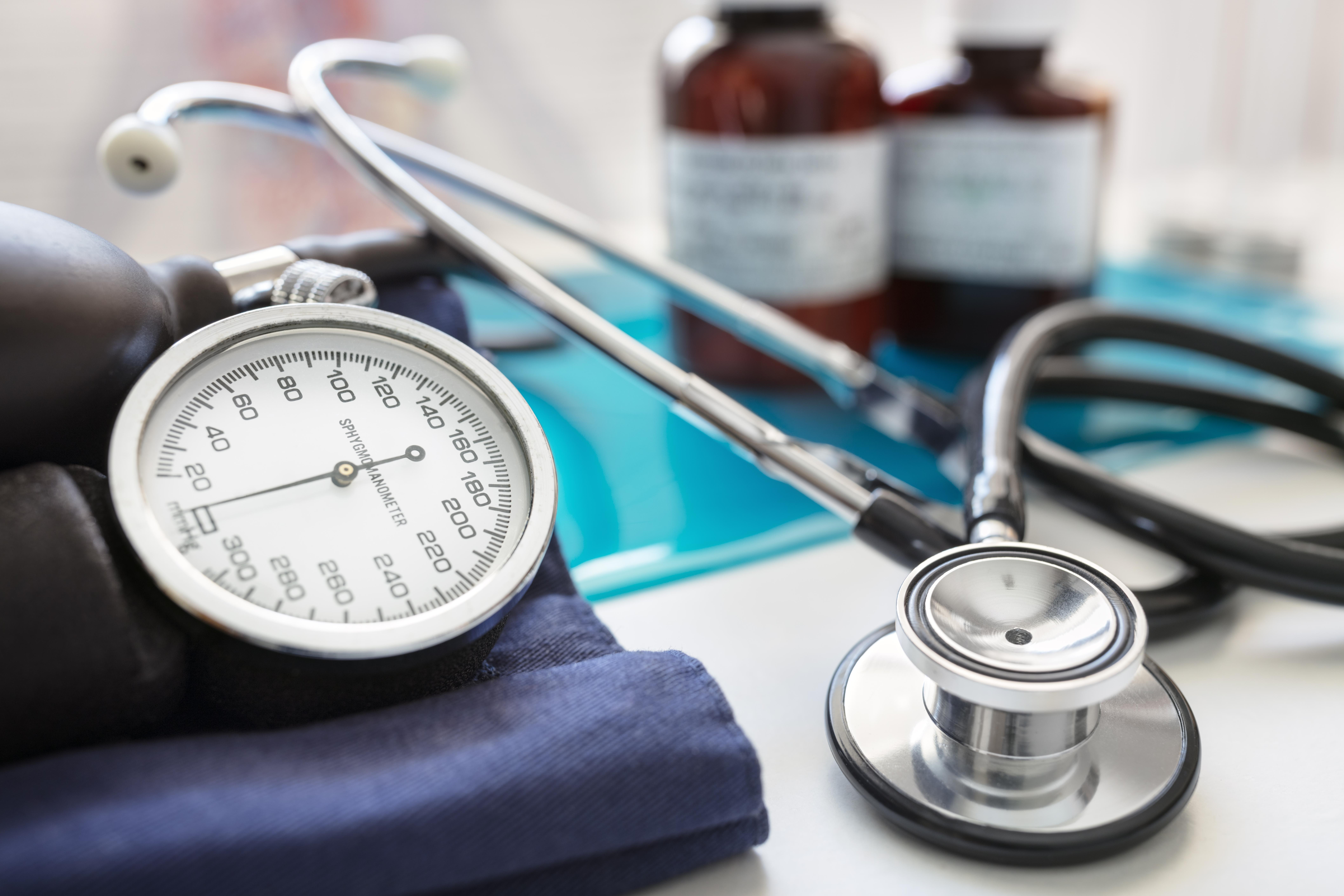
High blood pressure often accompanies high cholesterol, forming a dangerous duo that increases the risk of heart disease. Cholesterol deposits can narrow the arteries, forcing the heart to pump harder to circulate blood, which raises blood pressure. This condition, known as hypertension, may not present noticeable symptoms, earning its reputation as a "silent killer." Regular monitoring of blood pressure is essential, especially if you have a family history of heart disease or other risk factors. If your readings consistently fall outside the normal range, it's wise to consult a healthcare professional to explore the possibility of high cholesterol and develop a comprehensive management plan.
6. Xanthomas: Visible Clues on the Skin

Xanthomas are fatty deposits that can appear on the skin, often around the eyes, elbows, knees, or tendons. These yellowish bumps are a physical manifestation of high cholesterol levels in the blood. While they may not cause discomfort, their presence can be a significant indicator of underlying lipid metabolism disorders. Xanthomas can occur in individuals of all ages, but they are more commonly seen in those with a genetic predisposition to high cholesterol. If you notice these unusual skin changes, it's important to seek medical evaluation to assess your cholesterol levels and determine the appropriate course of action.
7. Arcus Senilis: A Ring Around the Eye
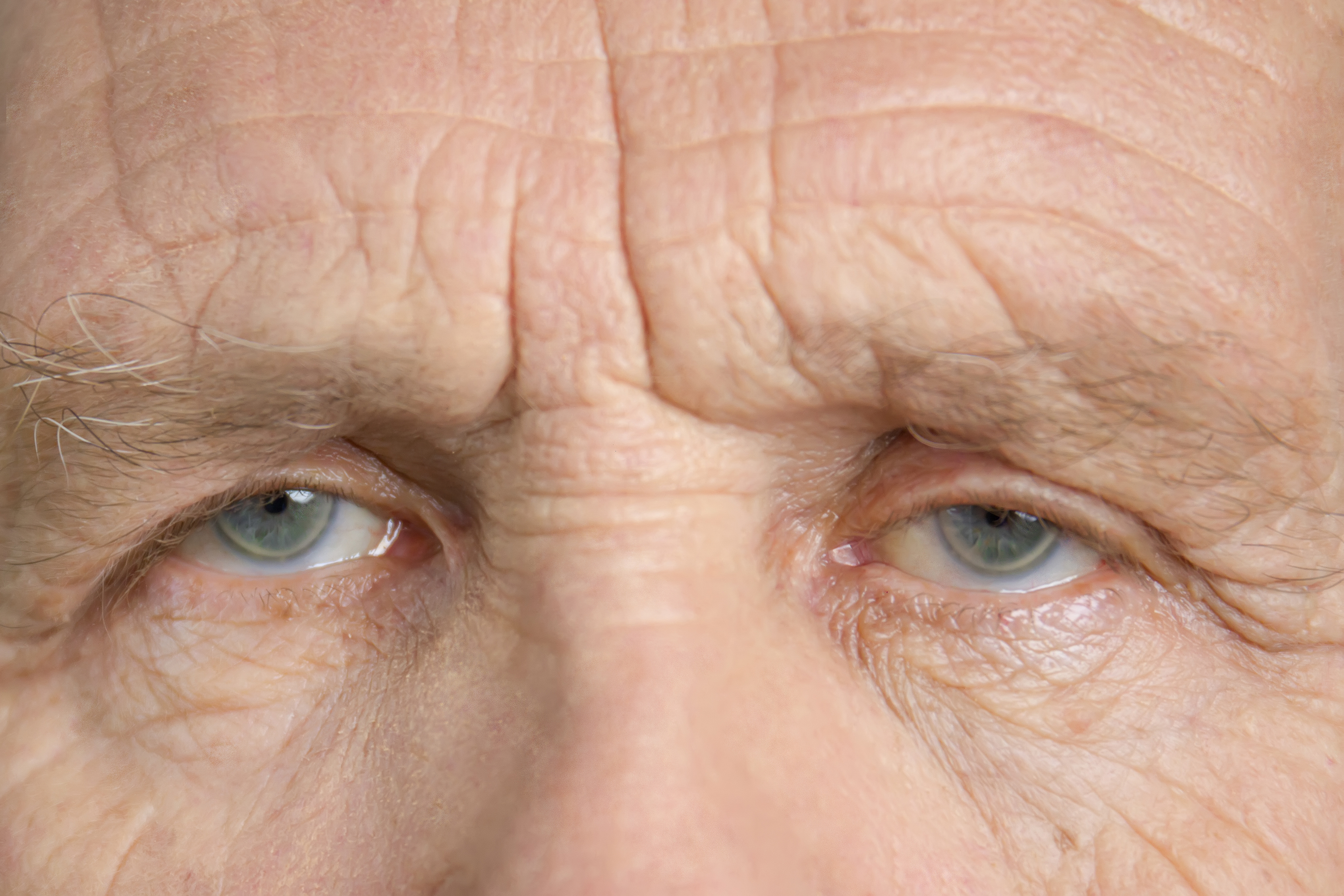
Arcus senilis is a gray or white arc visible around the cornea of the eye, often seen in older adults. While it is commonly associated with aging, its presence in younger individuals can be a sign of high cholesterol. This condition occurs when cholesterol deposits form in the corneal stroma, creating a noticeable ring. Although arcus senilis does not affect vision, it can serve as a visual cue for potential lipid disorders. If you observe this ring in your eyes, especially if you're under 50, consulting an eye specialist or healthcare provider can help determine if high cholesterol is a contributing factor.
8. Erectile Dysfunction: An Unexpected Connection

Erectile dysfunction (ED) can be an unexpected but significant sign of high cholesterol. Cholesterol buildup in the blood vessels can impede blood flow to various parts of the body, including the penis, leading to difficulties in achieving or maintaining an erection. While ED can result from multiple causes, including psychological factors and other health conditions, it should not be ignored as a potential indicator of cardiovascular issues. Men experiencing ED should consider discussing their symptoms with a healthcare professional to explore the possibility of high cholesterol and receive appropriate guidance on managing their cardiovascular health.
9. Memory Problems: More Than Just Forgetfulness

Cognitive decline and memory problems can sometimes be linked to high cholesterol levels. Cholesterol plays a crucial role in brain function, but an excess can lead to the formation of plaques in blood vessels, reducing blood flow to the brain. This can impair cognitive function and memory, contributing to difficulties in concentration and recall. While occasional forgetfulness is normal, persistent memory issues should be evaluated by a healthcare provider. If high cholesterol is identified as a contributing factor, managing cholesterol levels through lifestyle changes or medication can help protect brain health and cognitive function.
10. Leg Pain or Cramping: Peripheral Artery Disease

Leg pain or cramping during physical activity, known as claudication, can be a sign of peripheral artery disease (PAD), often linked to high cholesterol. PAD occurs when cholesterol deposits narrow the arteries supplying blood to the legs, leading to pain, cramping, or heaviness during walking or exercise. While these symptoms may subside with rest, they should not be ignored, as PAD increases the risk of heart attack and stroke. If you experience leg pain or cramping consistently, consulting a healthcare professional can help determine if high cholesterol is contributing to your symptoms and guide appropriate treatment.
11. Family History: A Genetic Predisposition

A family history of high cholesterol or cardiovascular disease can be a significant risk factor for developing high cholesterol yourself. Genetic conditions, such as familial hypercholesterolemia, can lead to elevated cholesterol levels from a young age, increasing the risk of heart disease. If you have close relatives with high cholesterol or heart-related issues, it's important to be proactive in monitoring your cholesterol levels and overall cardiovascular health. Regular check-ups and discussions with your healthcare provider can help identify potential risks early on and guide preventive measures to manage your cholesterol effectively.
12. Brittle Nails or Slow Nail Growth: A Circulation Clue
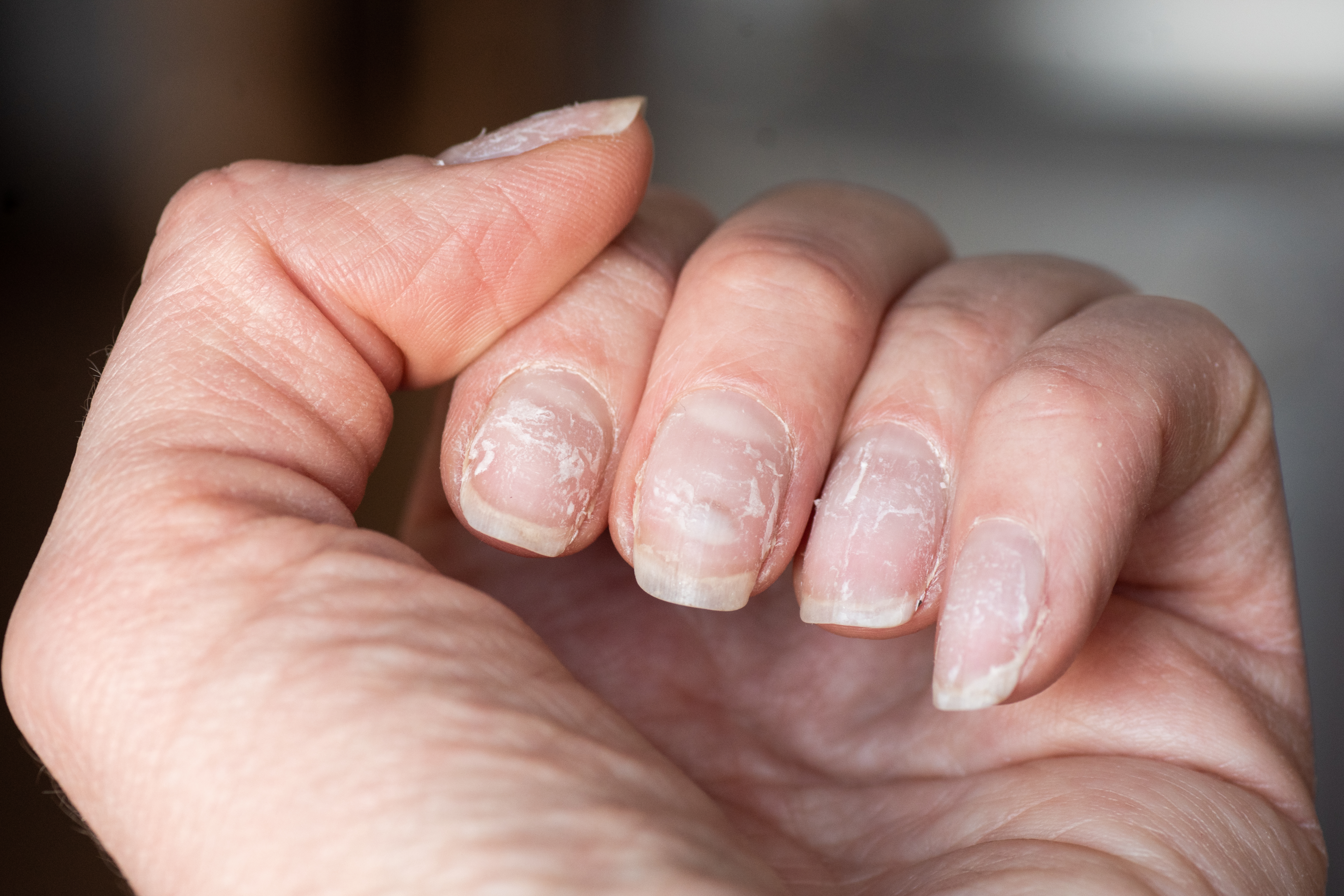
Your nails may be revealing more about your cardiovascular health than you realize. Brittle, slow-growing, or discolored nails can be a subtle signal of poor circulation—often caused by cholesterol buildup in the arteries. When blood flow to the extremities is reduced, your nails may receive less oxygen and nutrients, leading to weakened structure and stunted growth. While nail issues can stem from nutritional deficiencies or thyroid problems, persistent changes should prompt a deeper look. If your nails aren't what they used to be, it might be time to investigate what's flowing (or not flowing) beneath the surface.
13. Frequent Dizziness or Lightheadedness

If you find yourself feeling dizzy or lightheaded more often than usual—especially when standing up quickly—it might be more than dehydration or skipped meals. Cholesterol buildup can narrow or block arteries that supply blood to the brain, leading to momentary drops in oxygen delivery. This can trigger spells of disorientation or imbalance. While these symptoms can overlap with other conditions, when paired with fatigue or shortness of breath, they could be an early warning sign of compromised circulation. Don’t brush it off as just “a moment.” Consistent lightheadedness deserves a closer look—and possibly a lipid panel.
14. Yellowish Patches on Eyelids (Xanthelasma)

Soft, yellowish plaques around the eyelids—called xanthelasma—might seem like a cosmetic issue, but they often point to elevated cholesterol levels. These fatty deposits are made up of cholesterol and can signal lipid metabolism disorders, especially in those with a family history of high cholesterol or heart disease. Xanthelasma can appear even when total cholesterol isn’t dramatically high, making it a surprisingly early skin-based clue. While not harmful in themselves, they are strongly linked to future cardiovascular risk. If you spot them, don’t just reach for concealer—reach out to your doctor for a full cholesterol screening.
15. Digestive Discomfort After Fatty Meals

Struggling with bloating, indigestion, or abdominal discomfort after eating rich or fatty foods could be a subtle digestive response to high cholesterol. When cholesterol and fat metabolism are impaired—whether due to gallbladder sluggishness or lipid imbalances—the body may have trouble breaking down meals efficiently. This can result in delayed gastric emptying, nausea, or that lingering “heavy” feeling. If your body seems to reject greasy foods more than it used to, it’s worth examining whether high cholesterol is playing a behind-the-scenes role. Sometimes, your gut’s resistance is actually your heart’s early warning system.
16. Cold Hands and Feet (Even When It’s Warm)

If your hands and feet feel perpetually cold—even in warm environments—it could be more than poor circulation from sitting too long. High cholesterol can restrict blood flow to the extremities by narrowing peripheral arteries, a condition known as peripheral artery disease (PAD). While PAD is often marked by leg pain, it can also manifest more subtly as temperature sensitivity or a constant chill in your fingers and toes. These symptoms are easy to dismiss, but they may be early vascular flags. If socks and gloves aren’t solving it, a cholesterol check might be in order.
17. Unexplained Swelling in Feet and Ankles (Edema)
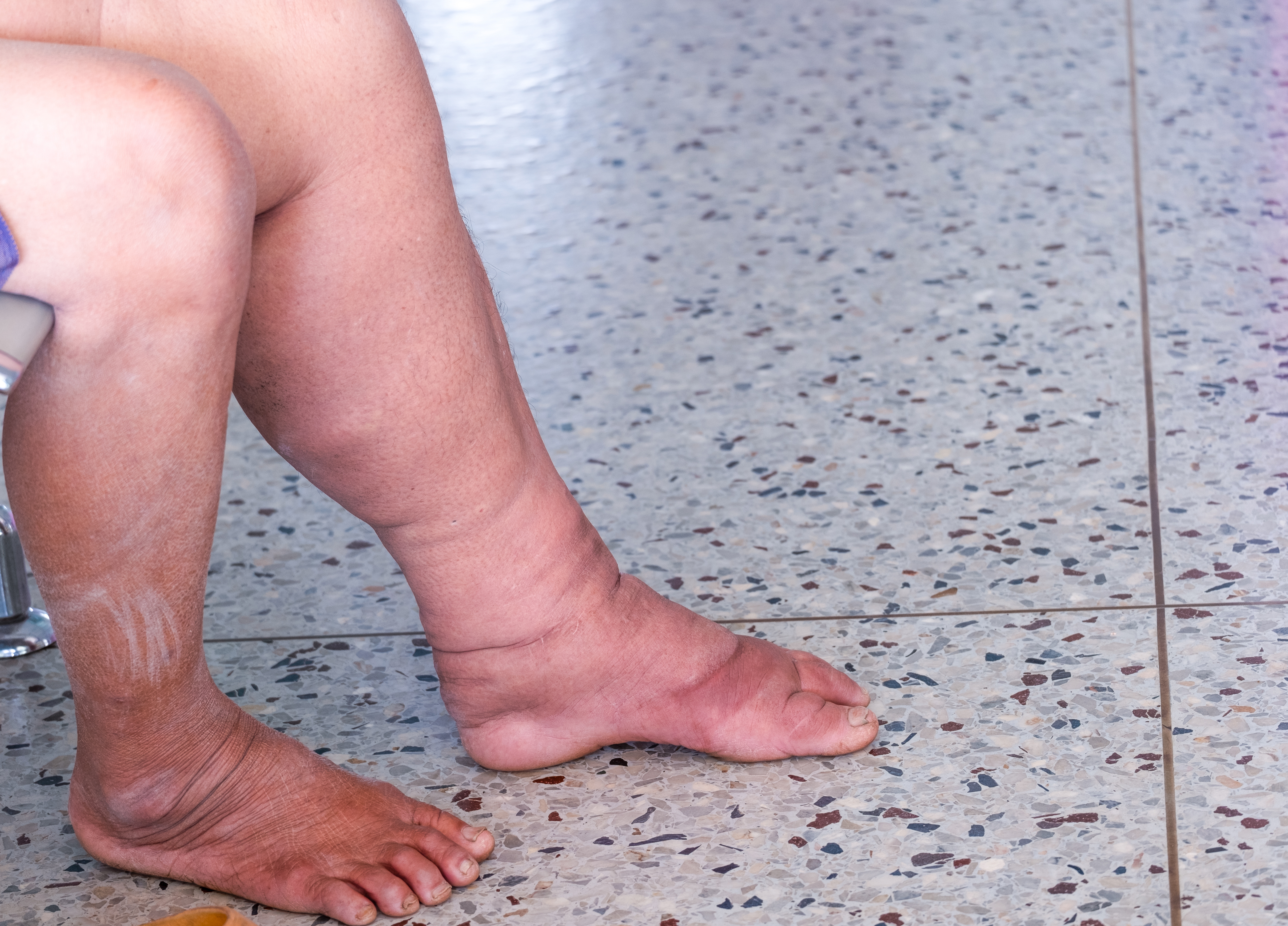
If you notice unexplained swelling in your feet or ankles that isn’t related to injury or a long flight, it could be a subtle sign of circulatory issues related to high cholesterol. When blood flow is restricted by cholesterol plaques, your body’s ability to circulate fluids efficiently can be compromised, leading to fluid accumulation in your lower extremities. This edema is a visual red flag that your vascular system is under strain. While swelling can have other causes, its presence, especially alongside other symptoms on this list, warrants a medical check.
18. Slow-Healing Wounds

Wounds that take an unusually long time to heal can be a powerful, under-the-radar indicator of compromised blood flow due to high cholesterol. Your body needs a consistent, oxygen-rich blood supply to deliver the nutrients and immune cells required for tissue repair. When arteries are narrowed by cholesterol deposits, this crucial process is slowed down, turning a minor cut or scrape into a long-healing issue. If you notice a seemingly small wound lingers for weeks, it might be your body telling you that its internal delivery system is not working at its best.
19. Hair Loss on the Legs and Feet
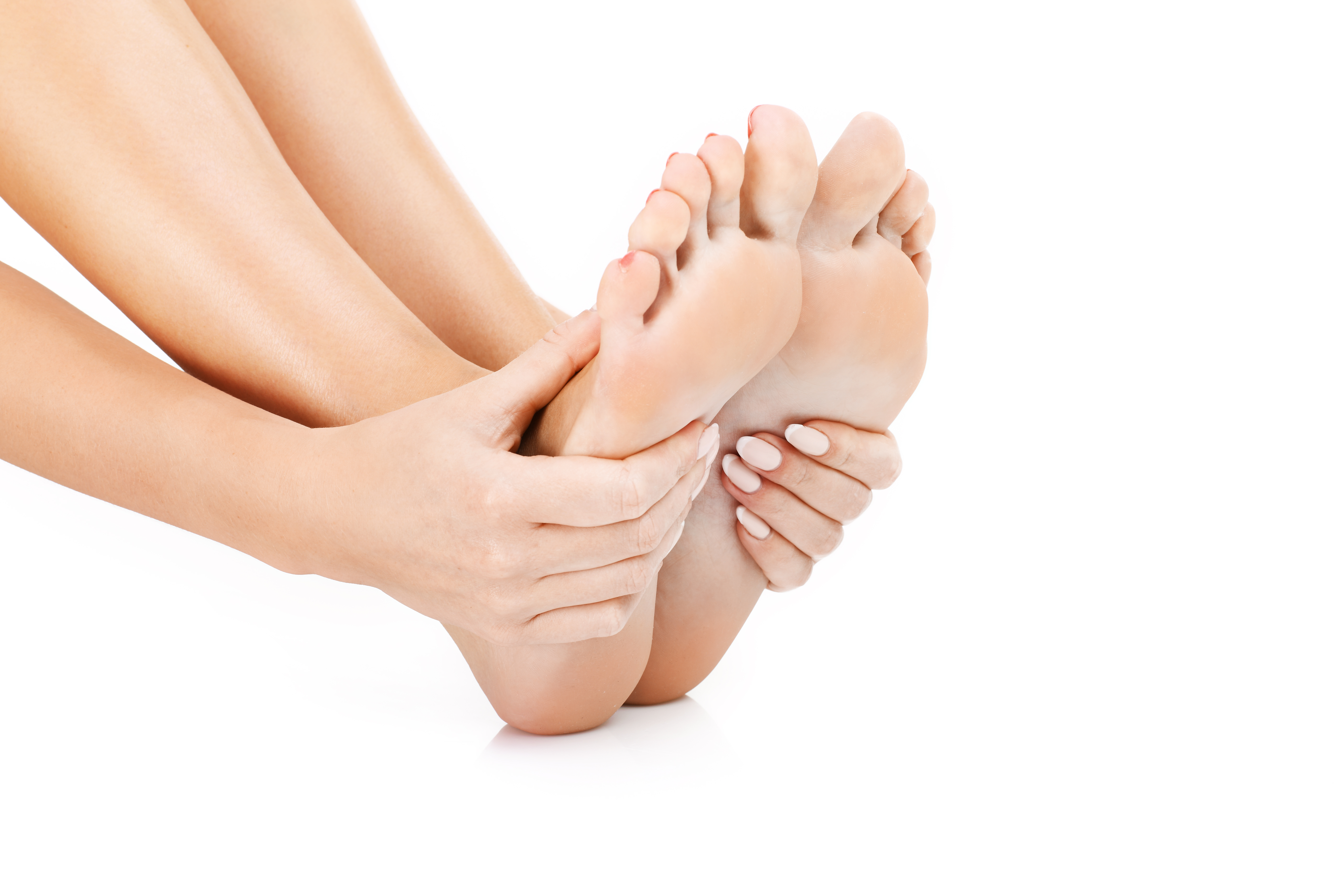
This is an often-overlooked but very specific sign of advanced peripheral artery disease (PAD), a condition directly caused by high cholesterol. When arteries in the legs and feet are severely narrowed, the hair follicles receive insufficient oxygen and nutrients, causing hair to thin, become brittle, or fall out entirely. You may also notice the skin on your legs becomes shiny or pale. If you find your leg hair is mysteriously disappearing, it’s a strong vascular signal that demands immediate medical evaluation.
20. A Consistent Feeling of Indigestion After Meals

While your list mentions digestive discomfort after fatty meals, a more specific symptom is a consistent feeling of indigestion or heartburn after almost any meal, even healthy ones. High cholesterol levels, particularly when they lead to a sluggish liver and gallbladder, can impair the body's ability to produce and release bile effectively, which is essential for breaking down fats. This can lead to a nagging, heavy feeling in your stomach, bloating, and overall digestive sluggishness. It's a gut-level clue that your body's fat-processing system is struggling.
21. Persistent Feelings of Anxiety or Low Mood

High cholesterol isn't just a physical issue; it can subtly affect your mental state. Research shows a link between compromised cardiovascular health and mental well-being. Poor blood flow to the brain, caused by cholesterol plaques, can impact the delivery of oxygen and nutrients needed for optimal neurotransmitter function. This can manifest as persistent anxiety, irritability, or low mood that feels disconnected from your daily stressors. If you're feeling on edge or persistently down and can't pinpoint a cause, your cardiovascular health might be playing a hidden role.
22. Low Libido: The Unspoken Hormonal Toll

High cholesterol isn't just a physical issue; it can subtly impact your hormonal health. Cholesterol is a crucial building block for many of the body's hormones, including testosterone, which is vital for libido in both men and women. When arteries are clogged with cholesterol, the body's ability to circulate these hormones and other vital nutrients is compromised. This can lead to an unexplained decrease in sexual desire. If you are experiencing a drop in libido that isn't related to stress or fatigue, it could be an unspoken hormonal toll of compromised cardiovascular health.
23. Sleep Disturbances: The Cardiovascular Connection

If you're struggling with insomnia or restless sleep, your cholesterol might be the surprising culprit. High cholesterol can contribute to the narrowing of blood vessels, which can impact the quality of your sleep. In some cases, it can be a contributing factor to sleep apnea, a condition where breathing is interrupted during sleep, leading to fragmented, non-restorative rest. The lack of proper oxygenation during sleep can in turn further damage the cardiovascular system. If your sleep is consistently disrupted, it's worth investigating the health of your arteries.
24. Persistent Bad Breath (Halitosis)

While bad breath is often a sign of poor oral hygiene, it can also be a surprising signal from an unhealthy cardiovascular system. When cholesterol builds up in the arteries, it can affect the body's ability to properly metabolize lipids. The resulting toxins and byproducts of this process can circulate through the bloodstream and be excreted through the lungs, causing a persistent, unpleasant odor on your breath. If you've ruled out dental issues, a consistent bad odor from your breath could be a sign that your body's metabolic system is out of whack.
25. Poor Vision: The Ocular Connection

Beyond the yellowish rings around the cornea, high cholesterol can subtly affect your vision in other ways. Cholesterol can build up in the tiny blood vessels that supply the retina, the light-sensitive tissue at the back of the eye. This can lead to a decrease in blood flow, which can cause blurred vision or a general loss of visual acuity. These changes are subtle at first and often go unnoticed, but they can be a significant sign that your cardiovascular system is compromised. A visit to an ophthalmologist can help determine if your vision changes are related to high cholesterol.
26. Unexplained Weight Gain: The Metabolic Link

While weight gain itself can contribute to high cholesterol, a sudden and unexplained increase in weight can also be a subtle sign of high cholesterol. High cholesterol is a metabolic disorder, and when your body's ability to metabolize fats and sugars is impaired, it can lead to weight gain. This is a vicious cycle: high cholesterol can cause weight gain, and weight gain can cause high cholesterol. If you are struggling with unexplained weight gain, it's worth investigating the health of your arteries and the efficiency of your metabolism.
Listen to What Your Body’s Telling You
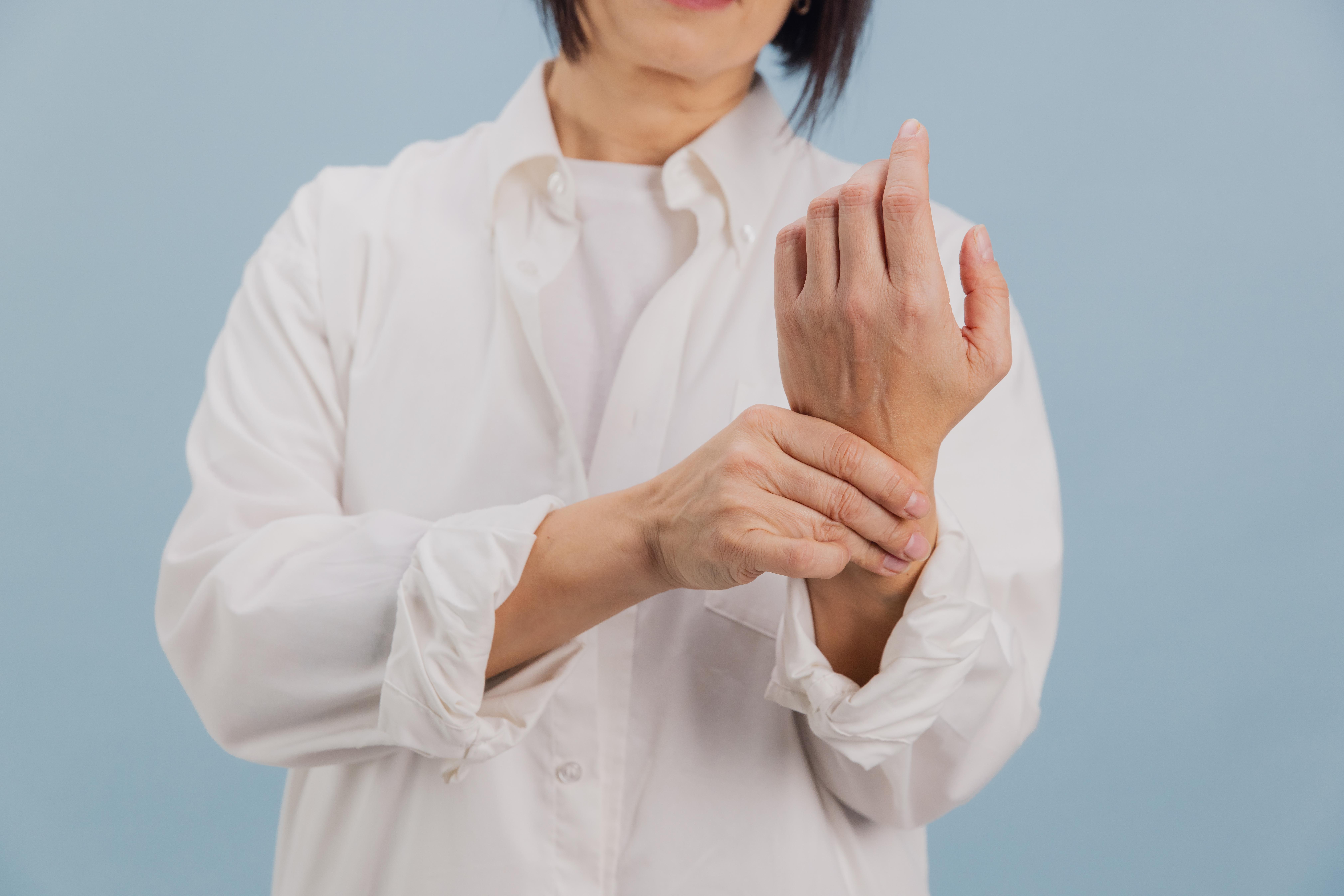
By learning to recognize these early indicators and getting your cholesterol checked regularly, you give yourself the best chance at preventing serious complications down the road. Small shifts in awareness can lead to life-saving changes. So the next time something feels “off,” trust your instincts. Your heart—and your future—will thank you for paying attention before it’s too late. Prevention starts with knowledge. Now you know.
